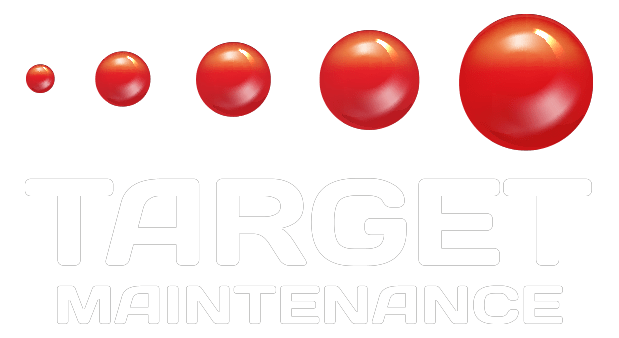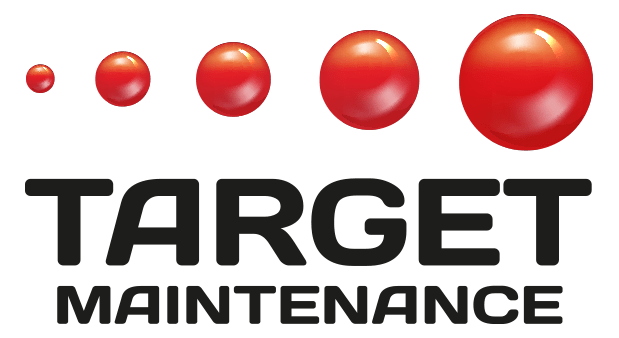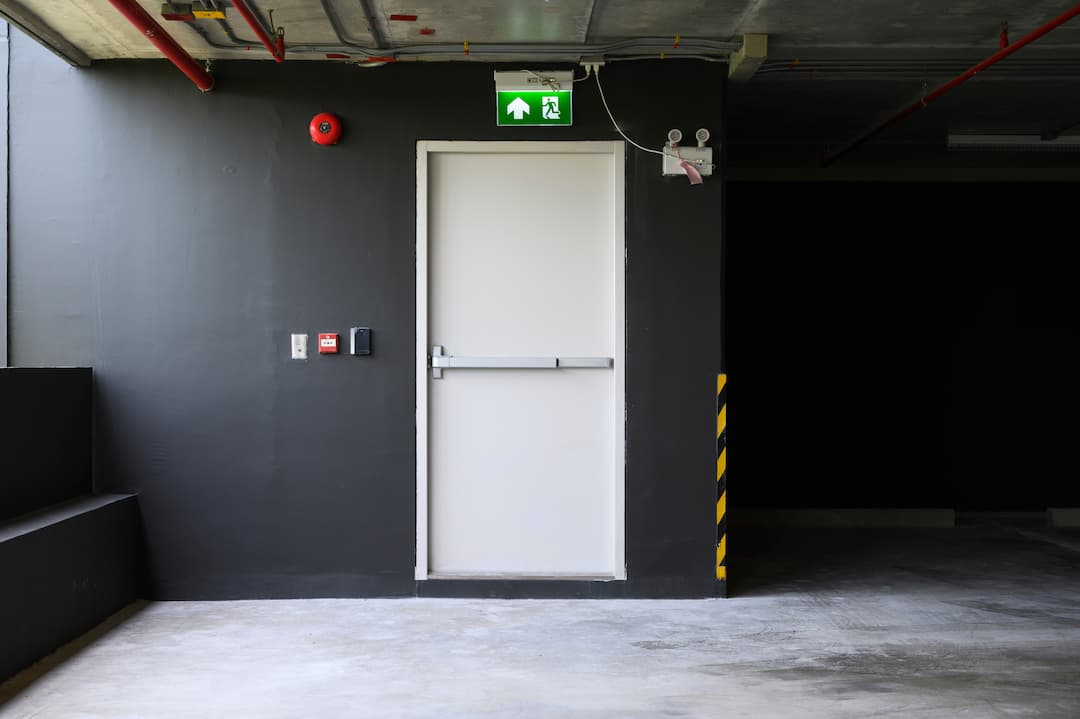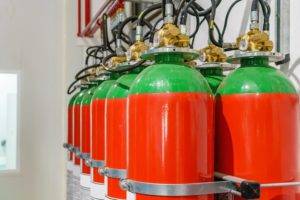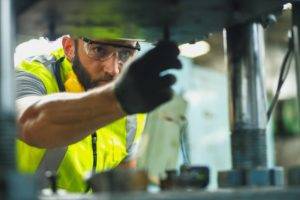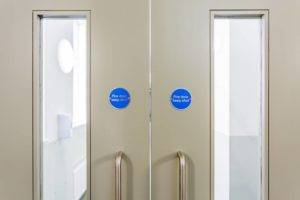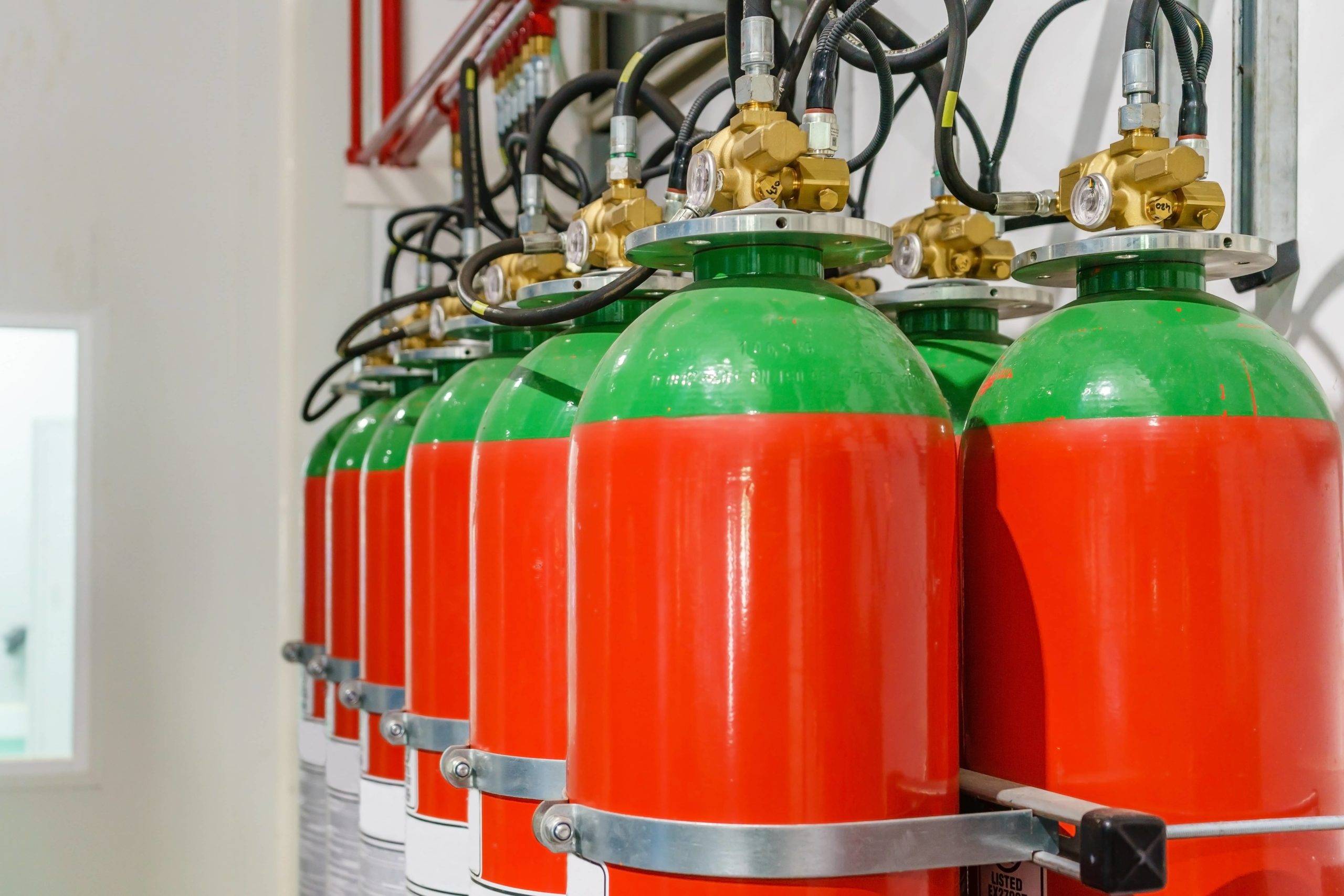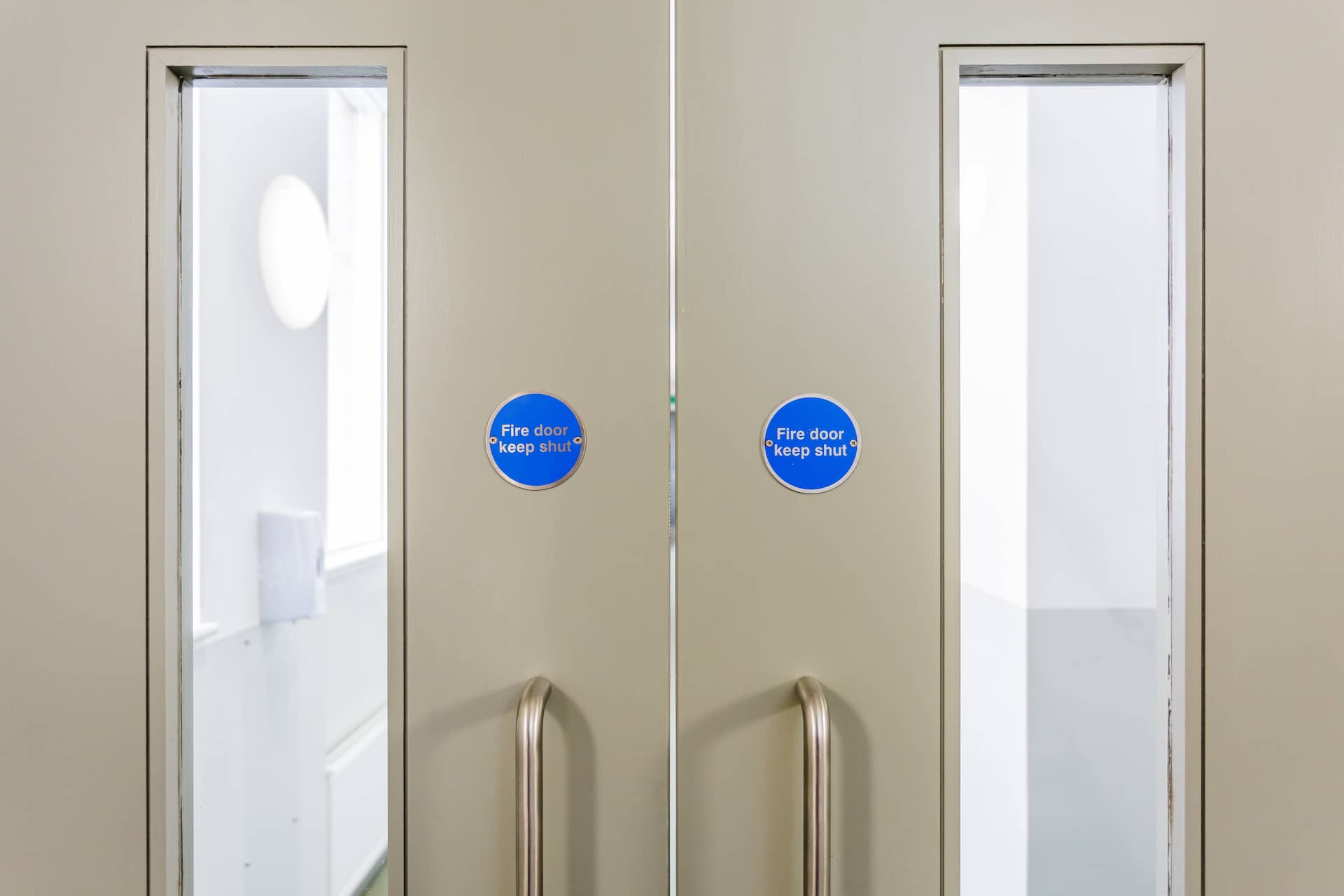Fire doors are a crucial part of any buildings efforts in passive fire protection. Passive fire protection is built into the structure of any building. It helps to compartmentalise the buildings into sections in a fire. It safeguards peoples lives and aims to limit the financial impact of damage to buildings and their contents.
WHAT ARE FIRE DOORS?
Fire doors are the first line of defence and can be the difference between life and death in the event of a fire. Fire doors divide a building into compartments and are designed to contain a fire into a single compartment of a building. They work on slowing down the spread of fire, reducing the risk to those in other compartments and allowing occupants to escape.
FIRE DOOR ASSEMBLY
A fire door is made up of components required to make it perform in the event of a fire. Such components include the door leaf, frame, seals and essential building hardware. The elements and manufacturing process of a fire door differentiates it from a regular door.
- Fire doors are made up of various components. The door itself is typically made from a solid timber frame. Depending on the location of the door, it can also be covered in fire-resistant glass. This glass can withstand heat exposure for at least 60 minutes before it reaches a temperature high enough to soften it.
- The edges of the door are sealed with an intumescent seal. This is designed to expand when temperatures reach 200°C, closing the gaps between the door and frame. This is known as compartmentalising.
- The consumption of smoke can be just as big a killer as direct contact with flames. This means cold smoke seals in a door should be considered. This is found in the intumescent seal.
When choosing a fire door, it’s essential to select one with the correct specifications for your building. Each door will be printed with an FD code. That determines how many minutes of fire exposure a door can withstand. For example, an FD30 is guaranteed to withstand 30 minutes. The two most common codes are FD30 and FD60. All fire doors are supplied with the manufactures instructions on installation and maintenance. This details the correct components that each door requires and the installation order.
Correct signage is a huge part of remaining compliant with the Regulatory Reform (FireSafety) Order 2005. Proper signage is required on all fire doors installed in commercial buildings on both sides and must indicate a fire door. Any further instructions can also be included as needed, such as “Keep shut”.
FIRE SAFETY LAW
The Regulatory Reform (Fire Safety) Order 2005 (FSO) ensures that all non-domestic properties remain compliant and safe in the event of a fire. It also helps with passive fire protection to prevent a fire from causing more damage and loss than necessary. The responsibility for fire assessments in all commercial properties falls to the ‘responsible person’. This role is appointed to the person who has daily control of the building and understands its running and makeup. According to the FSO, the responsible person must conduct a fire survey and implement a fire management plan.
The FSO applies to you if you are responsible for business premises, an employer or self-employed with business premises, responsible for a part of a dwelling used solely for business purposes, or you are providing accommodation for paying guests.
FIRE DOOR INSTALLATION
Fire doors should only be installed by a professional or someone who has undergone the correct installation training. In 2017 the British Woodworking Federation launched a renewed Fire Door NVQ. The qualification covers the specific knowledge and skills required to install fire doors safely. When choosing an installation company, be sure to hire a professional. Failing to do so may make your fire doors less effective and, as a result, lead to increased damage and harm, a well as being uncompliant with FSO regulations.
FIRE DOOR SURVEYS
Fire doors are often susceptible to wear and tear due to their everyday use. This makes inspections and surveys even more crucial. Fire doors help protect the building’s occupants when a fire is present, and their ability to do so is compromised if they’re not looked after properly. The responsible person (the person with daily control of the building) should carry out regular fire door inspections to highlight any issues early on. Routine fire door surveys carried out by a professional are also required. They’re designed to ensure each fire door meets legal requirements and safety standards.
WHAT ARE THE LEGAL REQUIREMENTS AROUND FIRE DOOR SURVEYS?
Article 17 of the Regulatory Reform (Fire Safety) Order 2005 states that it is a legal requirement to ensure fire doors are correctly installed and maintained. This legal requirement applies to all commercial buildings and says that the responsible person must ensure fire doors are in working order and that fire door inspections are completed when required. If this law is breached in any capacity, authorities have the power to prosecute or shut down buildings.
WHAT’S INCLUDED IN A FIRE DOOR SURVEY?
A fire door inspector will check every aspect of each fire door, from hinges to signage. The best surveyors will include you in the process so you understand what to look for when completing your inspections. A survey will highlight which doors are compliant and which aren’t and produce a detailed report explaining such. A professional will explain the issues and help you fix them with a fire door repair/replacement service.
FIRE DOOR MAINTENANCE AND REPAIRS
Often following fire door surveys, maintenance and repair works are required. This is to ensure your fire doors provide the best safety and protection they’re capable of. Fire door maintenance and repairs should be completed in a timely and professional manner to avoid risk.
Similar to how a professional must be the one to install a fire door, they also must be the one to carry out repairs and maintenance works. Their maintenance is crucial for fire safety as doors in total working order can be the difference between life and death.
WHAT ARE THE LEGAL REQUIREMENTS AROUND FIRE DOOR MAINTENANCE?
The Regulatory Reform (Fire Safety) Order 2005 means it is a legal requirement for all fire doors to be correctly installed and repaired. It is down to the responsible person of any commercial building to ensure this is done. It must be carried out by a professional with an in-depth knowledge of the requirements of fire doors, how they’re installed and how to repair each element.
Passive fire protection efforts are essential in ensuring the safety of your building occupants and the building themselves. Compartmentalising fire is the best way to minimise damage, made possible by including fire doors.
If you’re looking to upgrade your passive fire protection efforts or install fire doors throughout your commercial premises in London, Target Maintenance has got you covered. Check out some of our testimonials of other like-minded business owners and how Target Maintenance has protected them against fire. For more information on passive fire protection efforts or fire doors specifically, contact our professional team today.
